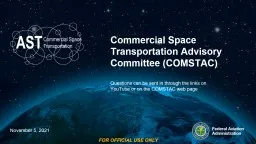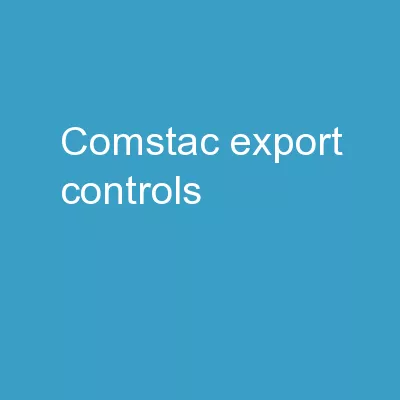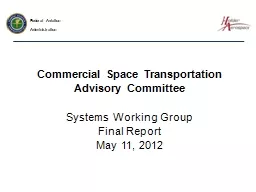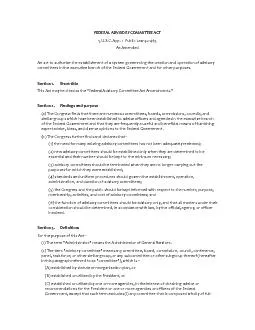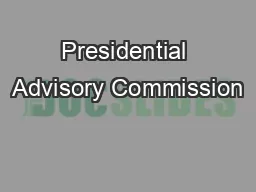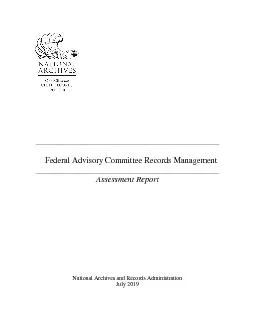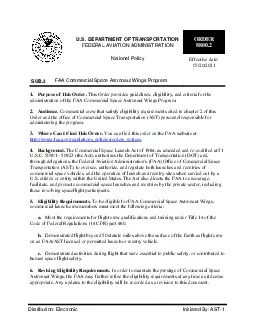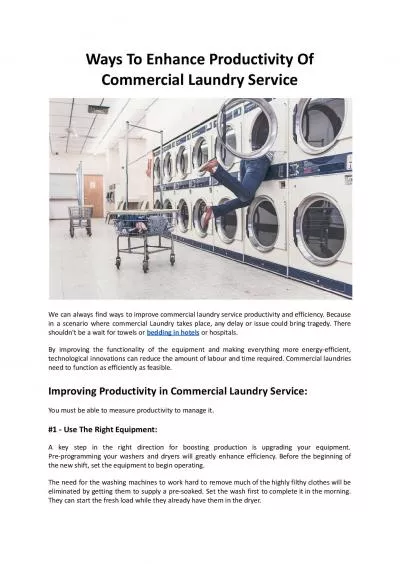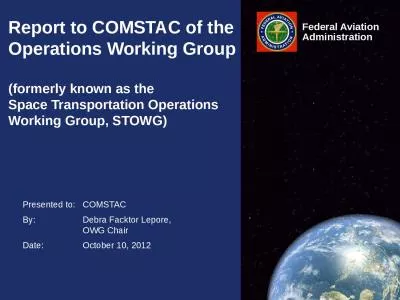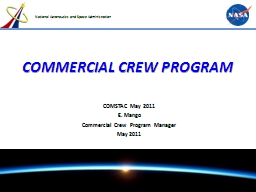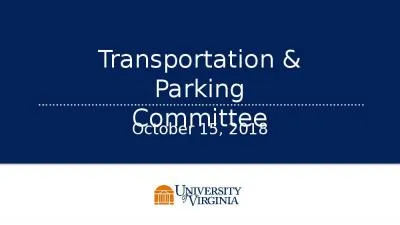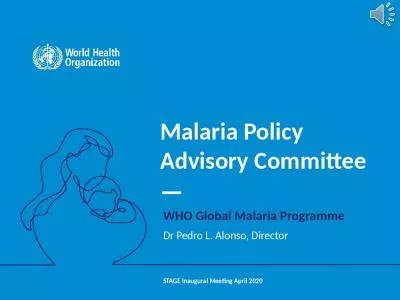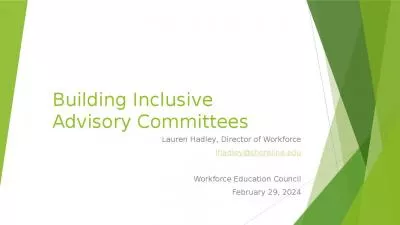PPT-Commercial Space Transportation Advisory Committee (COMSTAC)
Author : trinity | Published Date : 2022-06-07
Questions can be sent in through the links on YouTube or on the COMSTAC web page COMSTAC Call to Order and Welcome James Hatt Designated Federal Officer Manager
Presentation Embed Code
Download Presentation
Download Presentation The PPT/PDF document "Commercial Space Transportation Advisory..." is the property of its rightful owner. Permission is granted to download and print the materials on this website for personal, non-commercial use only, and to display it on your personal computer provided you do not modify the materials and that you retain all copyright notices contained in the materials. By downloading content from our website, you accept the terms of this agreement.
Commercial Space Transportation Advisory Committee (COMSTAC): Transcript
Download Rules Of Document
"Commercial Space Transportation Advisory Committee (COMSTAC)"The content belongs to its owner. You may download and print it for personal use, without modification, and keep all copyright notices. By downloading, you agree to these terms.
Related Documents

